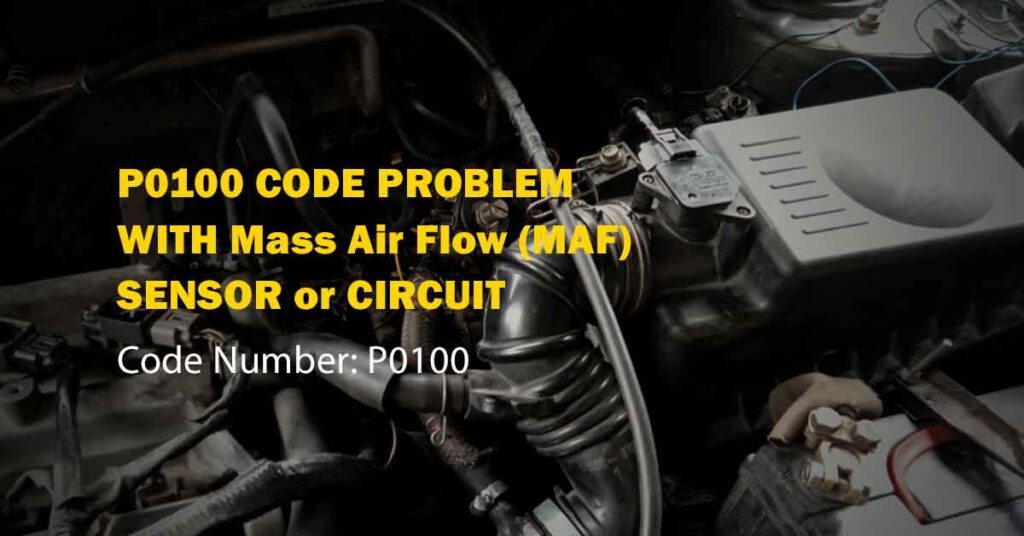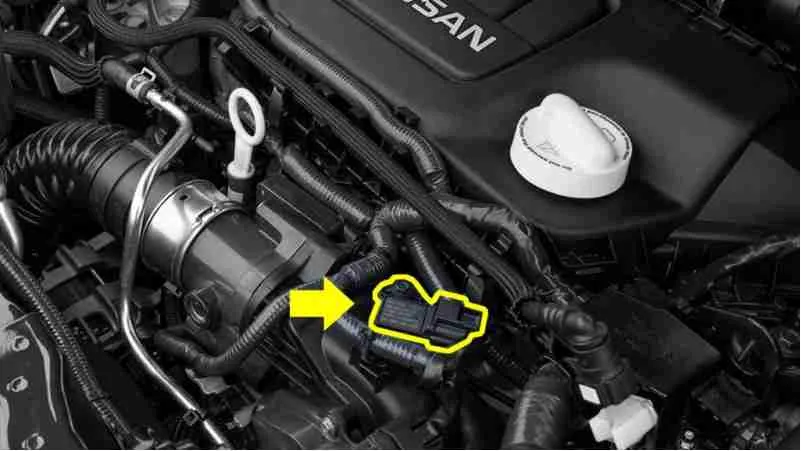P0010 Code Camshaft Position Actuator
P0010 code is a diagnostic trouble code (DTC) that indicates a problem with the Variable Valve Timing (VVT) control solenoid valve circuit. The VVT system is responsible for adjusting the timing of the intake and exhaust valves in the engine. This helps to optimize engine performance and fuel efficiency.
The VVT system uses a solenoid valve to control the flow of oil to the camshaft, this oil pressure controls the position of the camshaft, and in turn the timing of the valves. When the engine control module (ECM) detects a problem with the VVT control solenoid valve circuit, it will store the P0010 code and turn on the Check Engine Light.
What are the Symptoms of the P0010 Code?
P0010 is a diagnostic trouble code (DTC) that indicates a problem with the camshaft position actuator circuit. Symptoms of this code may include
- Reduced fuel efficiency
- Difficulty starting the engine
- Rough idling
- Reduced engine power
- Check Engine Light illumination
- The engine may stall or hesitate when accelerating
- The engine may make a ticking noise
- Reduced engine performance
- Reduced engine power
- Increased emissions
What Are The Possible Causes P0010 Code?
P0010 is a diagnostic trouble code (DTC) that indicates a problem with the camshaft position actuator circuit “A” malfunctioning VVT control solenoid valve There are several potential causes for a P0010 code, including:
- A damaged or corroded solenoid valve connector
- Wiring issues, such as a short circuit or open circuit
- A faulty engine control module
- Issues with the timing chain or gears
- Oil contamination or low oil pressure
- A clogged VVT oil control valve filter
- A faulty VVT oil control valve
- A weak or damaged VVT actuator
- A worn-out or damaged VVT sprocket
How To Fix the P0010 code camshaft position actuator circuit bank 1?
To diagnose and fix a P0010 code, a technician will typically begin by using a diagnostic scanner to check for stored codes and freeze frame data. This information can help the technician understand when the problem occurred and identify any other codes that may be stored in the ECM. Next, they will visually inspect the VVT control solenoid valve and its connector for damage or corrosion. If no problems are found, they will likely check the valve’s signal using a multimeter.
If the solenoid valve is found to be faulty, it will need to be replaced. If the connector or wiring is damaged, it will need to be repaired or replaced as well. If a mechanical issue causes a problem with the timing chain or gears, those components will need to be inspected and repaired or replaced as necessary.
If the problem is caused by oil contamination or low oil pressure, the oil and filter will need to be changed, and the oil pressure will need to be checked. If a clogged VVT oil control valve filter is causing the problem, it will need to be replaced. If the VVT oil control valve is faulty, it will need to be replaced. If the VVT actuator is weak or damaged, it will need to be replaced. If the VVT sprocket is worn out or damaged, it will need to be replaced.
In some cases, the engine control module may need to be reprogrammed or replaced if it is found to be faulty.
Can We Drive With P0010 Code?
It is not recommended to continue driving with a P0010 code, as it can cause decreased engine performance and fuel efficiency, as well as other issues such as rough idling, reduced engine power, and even stalling. Additionally, if the VVT control solenoid valve is not working properly, it can cause damage to other components in the engine, leading to more costly repairs.
It is important to have the vehicle inspected and repaired as soon as possible to avoid further damage to the engine. It is also important to note that, if the engine stalls while driving, it can be dangerous and it’s best to have your vehicle towed to a repair shop.
It is important to note that, to avoid further damage to the engine, it is recommended to take your vehicle to a professional mechanic for diagnosis and repair.
It is also important to note that, P0010 is not the only code that can indicate a VVT control solenoid valve issue, there are other codes like P0011, P0012, P0013, P0014, P0015, and so on, that can also indicate similar issues with the VVT control solenoid valve or its circuit.
Where To Locate VVT Control Solenoid Valve?
The location of the Variable Valve Timing (VVT) control solenoid valve in a car engine can vary depending on the make and model of the vehicle. However, it is typically found on or near the engine’s camshaft or cylinder head.
In most cases, the VVT control solenoid valve is located on the top or side of the engine near the camshaft or cylinder head. Its electrical connector and vacuum hose can identify the valve.
In some vehicles, the VVT control solenoid valve is located in the valve cover, and it is accessible by removing the valve cover. In other cars, it may be located in the oil control valve (OCV) and it is accessible by removing the timing cover.
Suppose you are unsure of the location of the VVT control solenoid valve in your vehicle. In that case, it is best to consult your vehicle’s service manual or take it to a professional mechanic for diagnosis and repair. They can locate it and diagnose any issue with the valve and its circuit.
It is important to note that, if you are not comfortable working on engines, it is recommended to leave this task for a professional mechanic as it can be dangerous and may cause further damage to the engine if not done correctly.
Other Codes:
P0100 P0111 P0171




